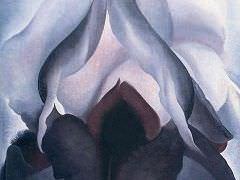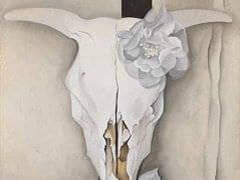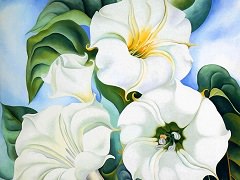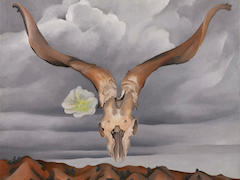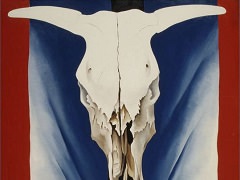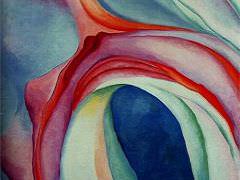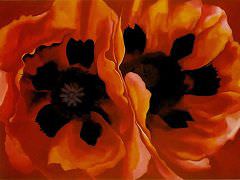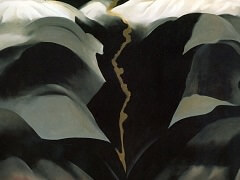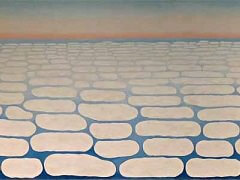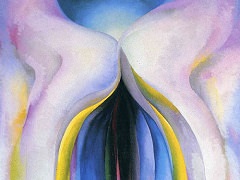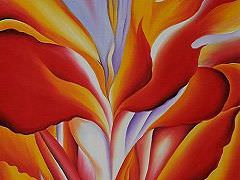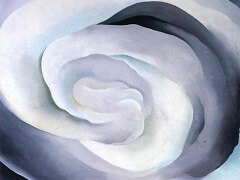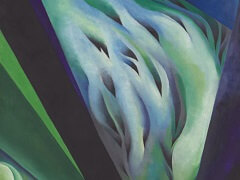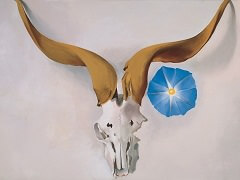Ranchos Church, 1930 by Georgia O'Keeffe
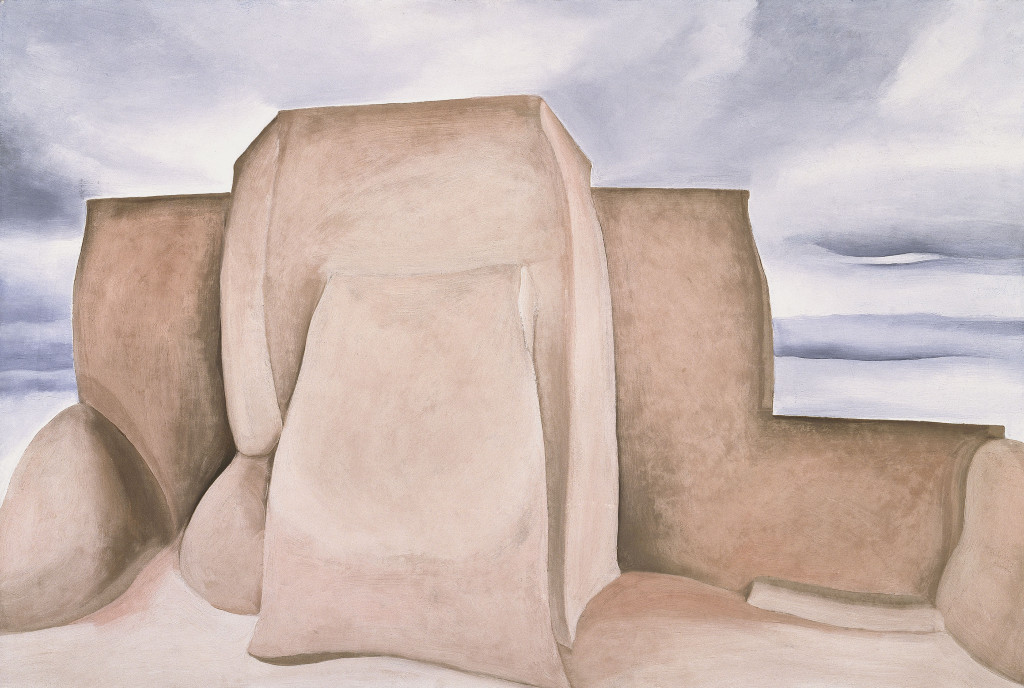
With the church at Ranchos de Taos, Georgia O'Keeffe encountered another familiar theme. Many Anglo artists visiting in New Mexico were attracted by Hispanic subjects, and strove to capture something of the spiritual character of the region. Their motifs - views of churches, still lifes incorporating religious imagery, depictions of ritual, or portraits of the pious peasants - seemed less concerned with conventional Catholic liturgy and ritual than the close identification of Hispanic culture with the land. In the Anglo depictions there is often a wedding of church and nature, evoking a primeval spirituality at times even tinged with paganism.
O'Keeffe recognized the Ranchos Church as one of the most beautiful Spanish structures in the country, and acknowledged that "mast artists who spend any time in Taos have to paint it". Few, however, did so with her distinction. In a series of canvases painted during the summers of 1929 and 1930, she examined the sculptural forms of the buttressed church rising organically from the ground of which it was made and profiled against the sky. In her colors, forms, and lighting, O'Keeffe unites the Ranchos church to sky and land, a union of structure and setting that grew more renounced over the two summers spent on the subject. In the initial examples, a shadow line separates the buttressed walls from the plan of dirt on which they sit. With "Ranchos Church (1930)", the ultimate canvas from the series, the pictorial equation is most forcefully made. In it, the hard shadows that had divided building from ground have been diminished, making the flow from earthen floor to adobe walls almost imperceptible; above, the curves of buttress intersect with the cleavage between clouds, tying the church in the foreground to the limitless space of the heaven.

